Friday in the Jewish Quarter of Prague
Prague, Czech Republic
It was a cold, overcast Friday morning when I first visited the Jewish Quarter of Prague, known as Josefov. Over the centuries, starting about the 13th, Jews were banned from living in many places within Prague and settled into what would become a ghetto. It was completely surrounded by the Old Town. Six synagogues still stand in this region in addition to the historic Jewish Town Hall and the Old Jewish Cemetery. Today, these synagogues, with the exception of the Old-New Synagogue form the Jewish Museum in Prague.
Over the centuries, starting about the 13th, little by little, the Jews were banned from living in many places within the central areas of Prague and settled into what would become a ghetto. It was completely surrounded by the Old Town and the Vltava River. But, the Jew survived and endured, the following Nazi (1938-1945), when many of the Jews were moved to the Terezin Concentration Camp, and the subsequent Soviet occupations.
Pinkas Synagogue
Knowing the recent history of the Jewish people in Prague, the visit to the Pinka Synagogue took on a very sobering tone. The synagogue has been turned into a museum for the 77,297 Jews from Czechoslovakia killed during the Holocaust.
The interior walls are covered with rows of names after names. If the names aren't sobering enough, there is a permanent exhibition featuring the drawings of children who were locked away in the Terezín concentration camp. The exhibition shows the terrors of the camp in a way that only a child could.
Leaving the Synagogue, you immediately pass through the Jewish Cemetery, where rows and rows of stone, dating from hundreds of years past line the walkway.
Spanish Synagogue
The Spanish Synagogue is, in a word, stunning. There is no doubt that this is the most beautiful synagogue in Prague and one of the most beautiful synagogues in all of Europe. The synagogue is highlighted by its Moorish design, inspired by the famous Alhambra, seeming out of place for a city in central Europe. It’s stunning design, emphasized the reformist character of the new synagogue, which belonged to German-speaking reform Jews. The synagogue was built in 1868, on the site of the original synagogue – so called Altschul - from the 12th century.
Many of the artifacts of the Jewish Quarter were destroyed over the years when the Jews were being forced into the ghettos, but surprisingly, it was the Nazi occupiers who gathered them from various locations and synagogues around the city and securely stored them in the Spanish Synagogue. There are photos in the Synagogue showing how these artifacts were stored.
Finally ...
I normally travel alone, finding it hard to focus on photography and the search for understanding where I’m visiting, but on this trip I traveled with two friends from California. My friends would notice things that I completely missed; for example, the custom of placing small stones on the gravestones in the cemetery and how they represented respect.
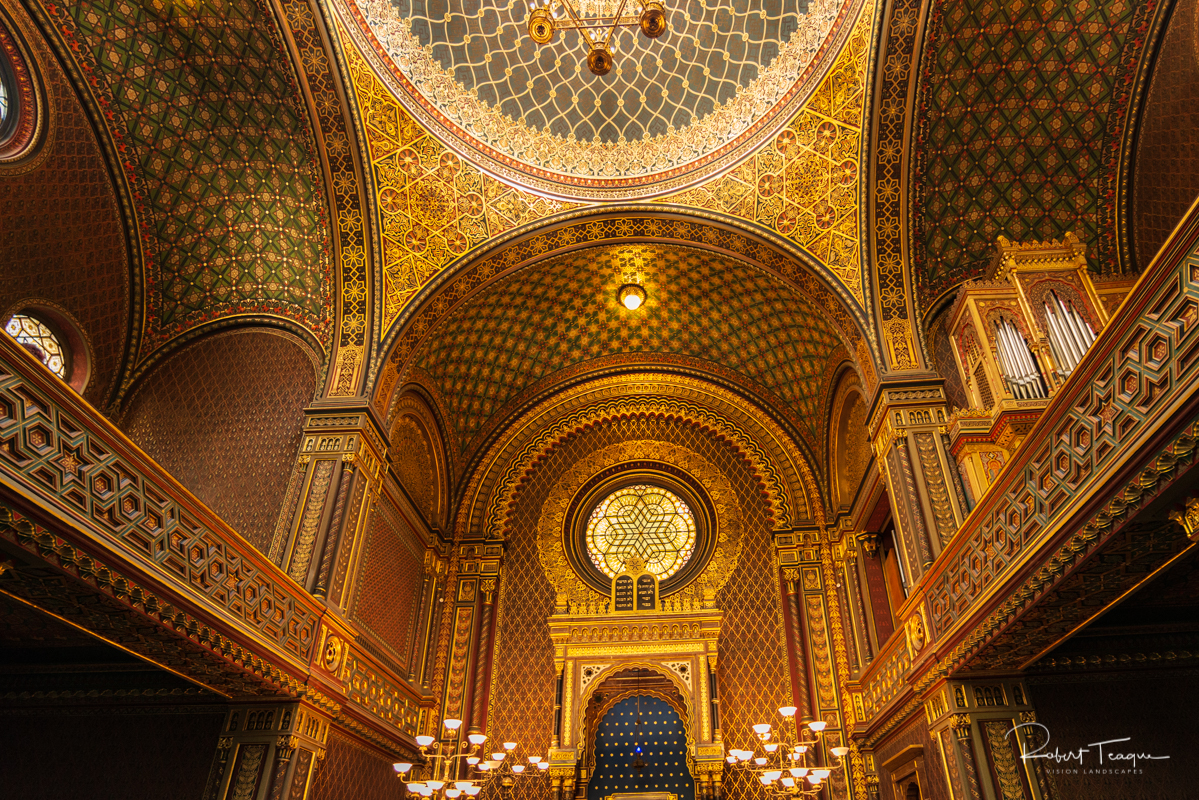
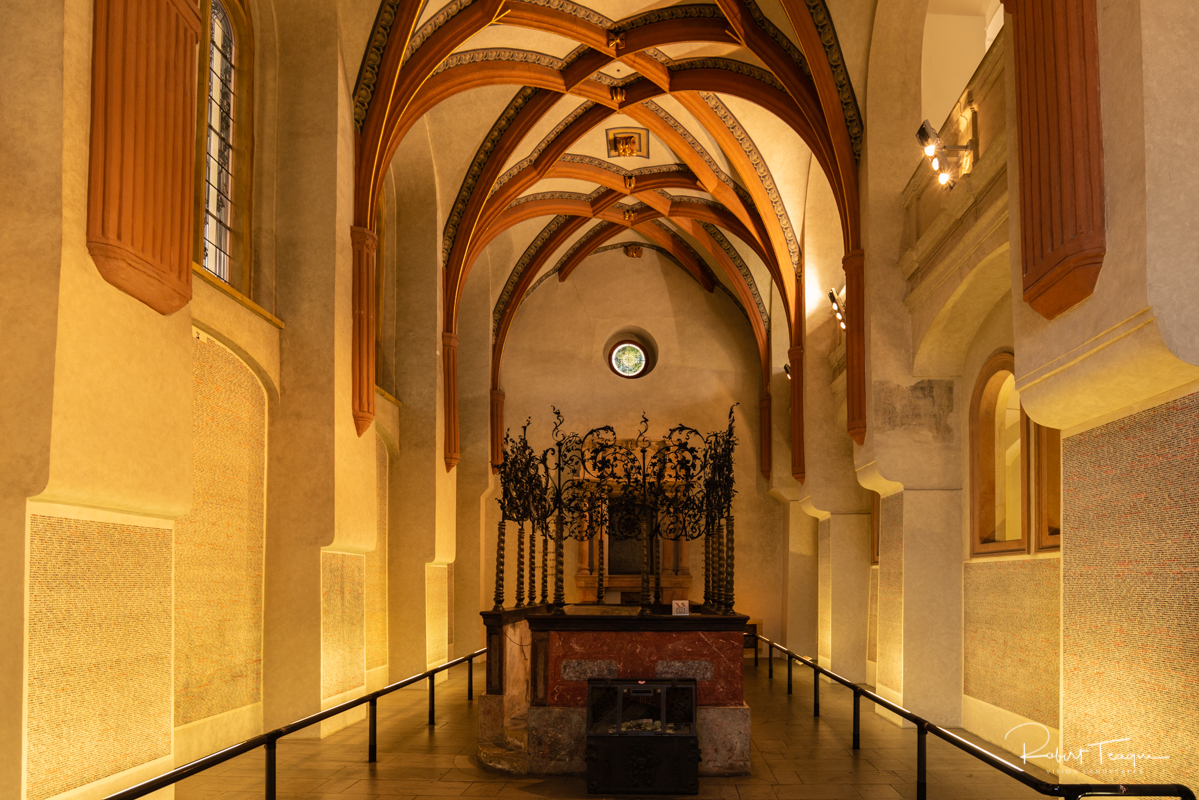


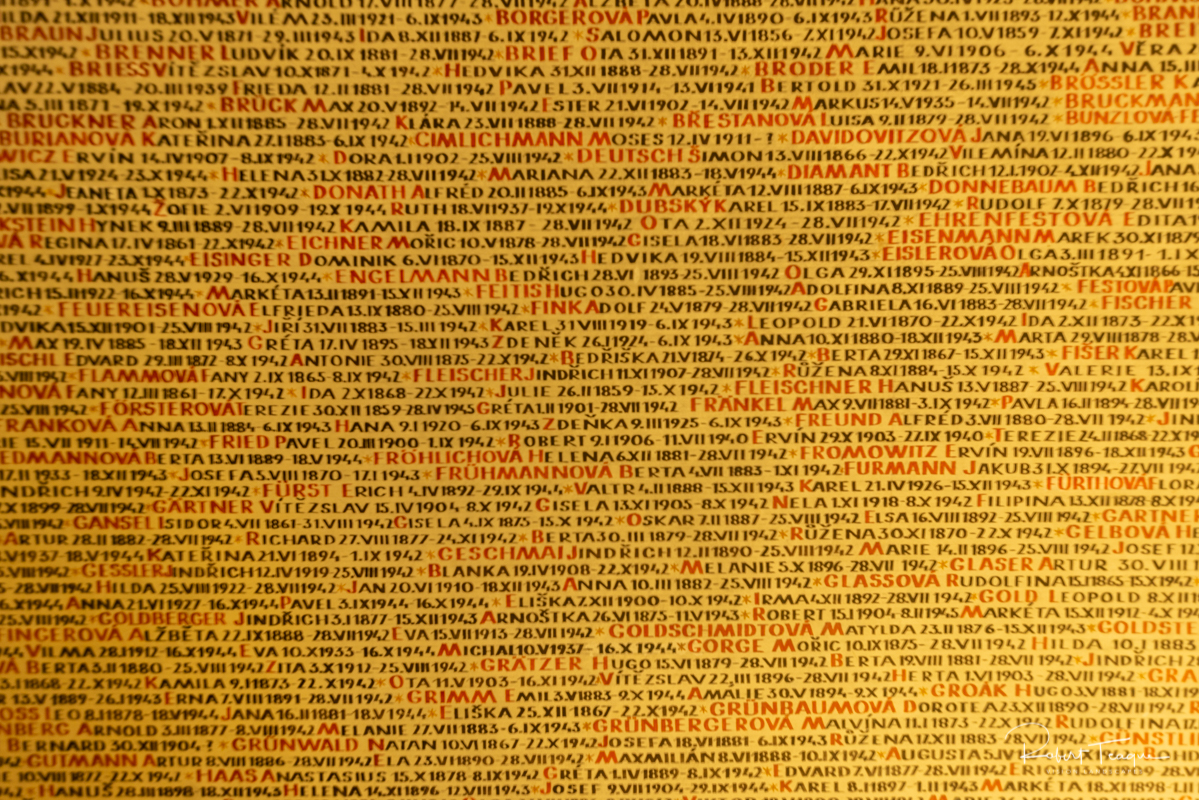
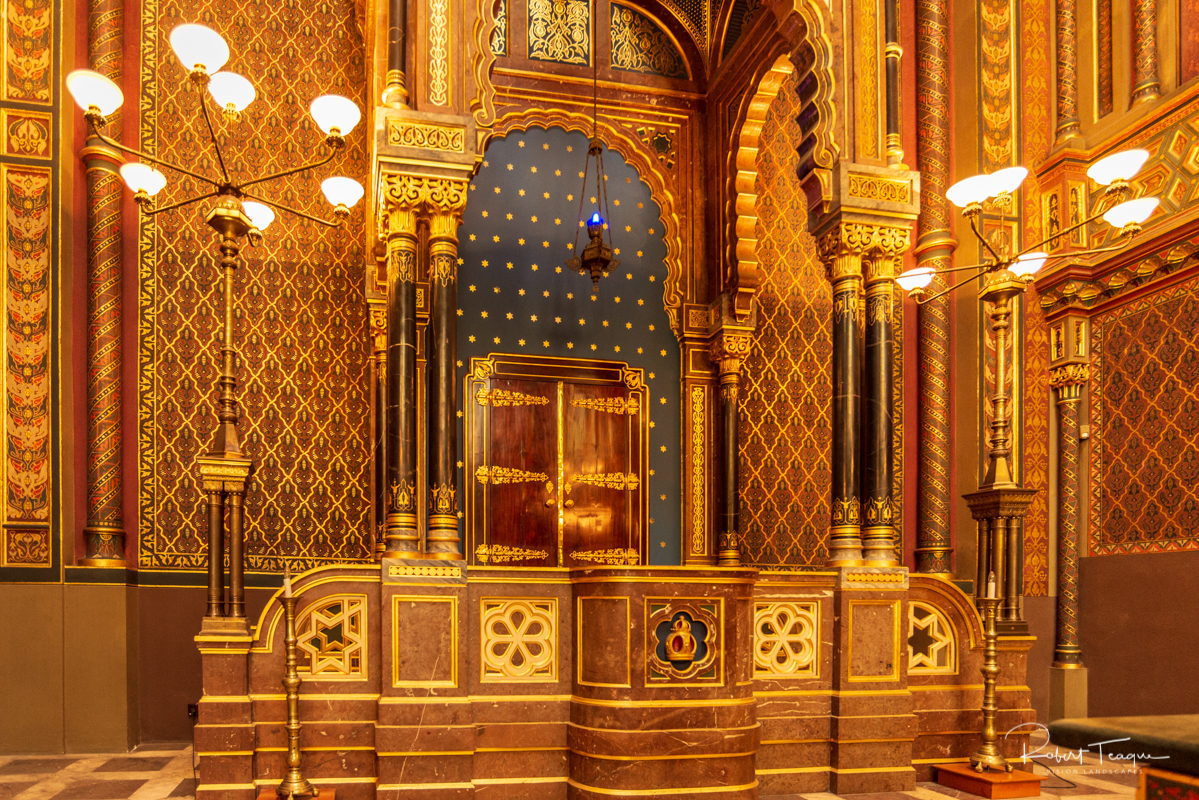

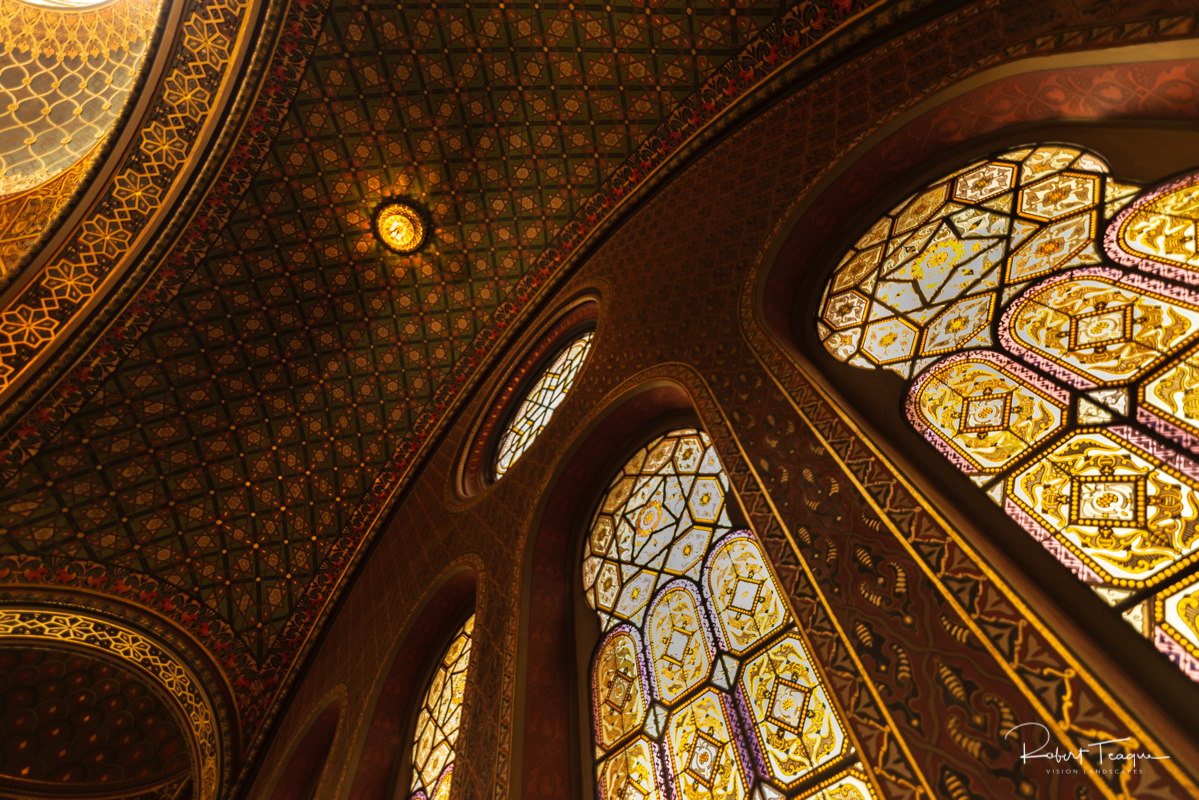

0 Comments on "Friday in the Jewish Quarter of Prague"